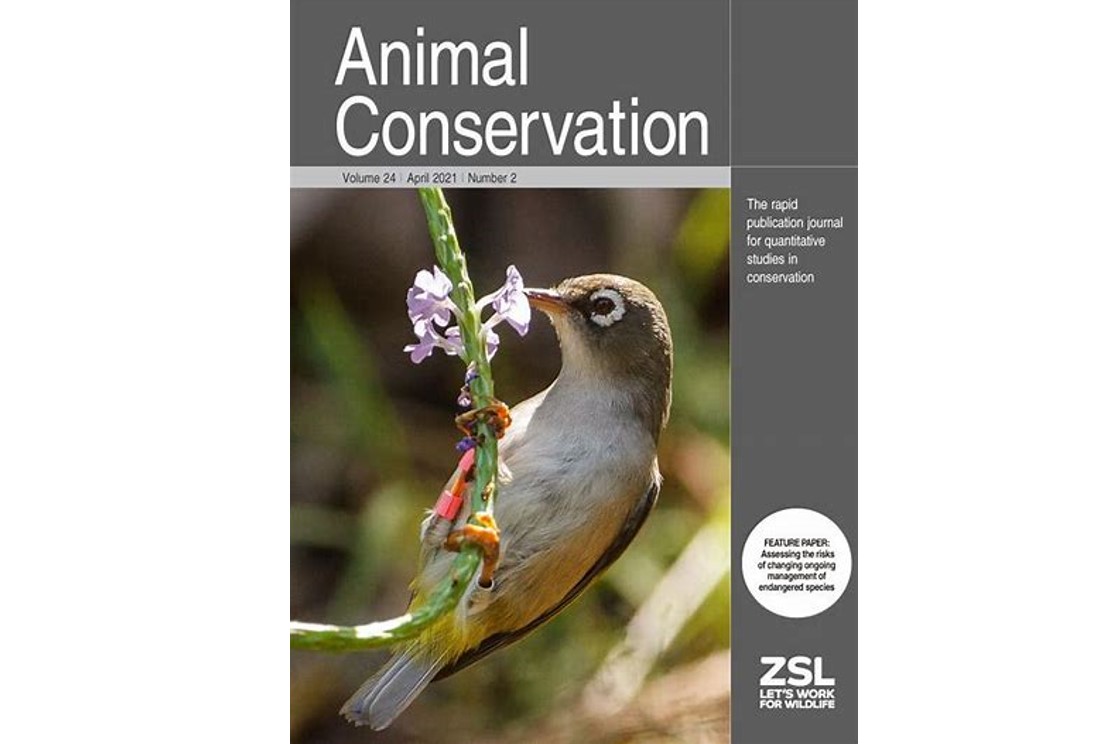Published in:Â Animal Conservation
Date published:Â July 2016
Authors:Â K. M. Richardson (1,2), J. G. Ewen (2), P. Brekke (2), L. R. Doerr (3), K. A. Parker (4,5) Â & D. P. Armstrong (1)
1 Wildlife Ecology Group, Te Kura Matauranga o nga Taonga a Papatuanuku, Massey University, Palmerston North, New Zealand
2 Institute of Zoology, Zoological Society of London, London, UK
3 Department of Biology & Microbiology, University of Wisconsin, Oshkosh, WI, USA
4 Institute of Natural and Mathematical Sciences, Massey University, Albany, New Zealand
5 Parker Conservation, Auckland, New Zealand
Abstract
Natal dispersal is a complex behaviour influenced by multiple factors that are often sex-specific and density-dependent. Reintroduced populations are typically low in density in the initial years of establishment; hence, understanding natal dispersal patterns in this context is a critical component of reintroduction biology. Natal dispersal is a key behaviour that influences both the probability of recruitment, and simultaneously dictates the spatial configuration of the reintroduced population as it establishes. Here, we examine natal dispersal in a reintroduced population of an endangered New Zealand forest passerine, the hihi, Notiomystis cincta, in the first 3 years after reintroduction to a large, mature forest reserve. We examined (1) differences between the sexes, and (2) the relationship between temperament and natal dispersal distances (NDD) in locally bred hihi over this time period. We found NDD varied widely in both sexes, with mean NDD significantly higher in males than females. There was a sex-specific effect of temperament, with males that distress-called during handling dispersing further than those that did not. Our results show that while clusters of individuals have established across the reserve due to conspecific attraction, there is movement between these clusters, primarily a consequence of dispersal of males of a distinct temperament. Continuing to monitor natal dispersal patterns as populations establish will provide further insights into the role of dispersal in shaping establishment patterns in reintroduced populations.
Paper details available here:Â http://onlinelibrary.wiley.com/doi/10.1111/acv.12296/full
